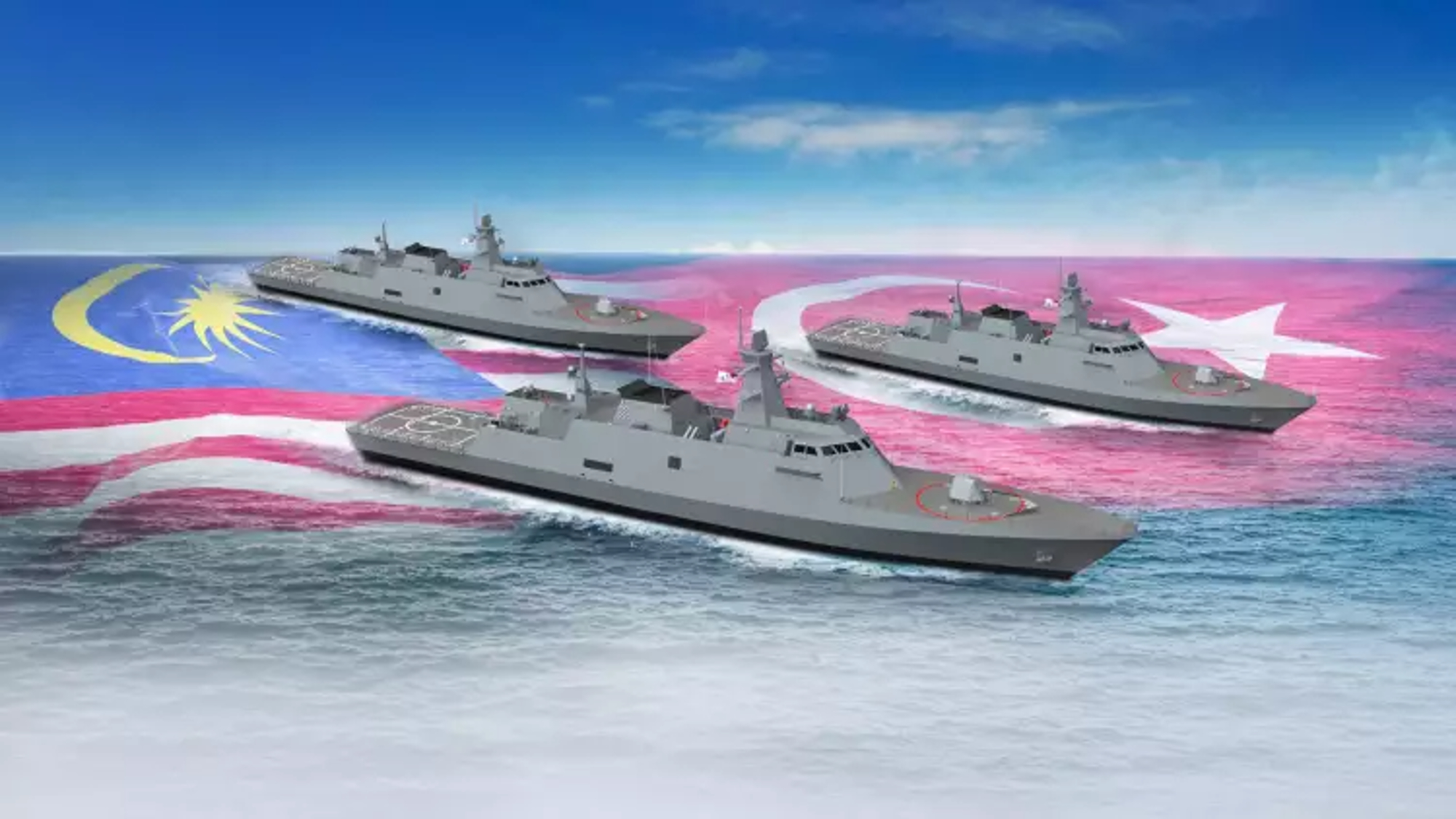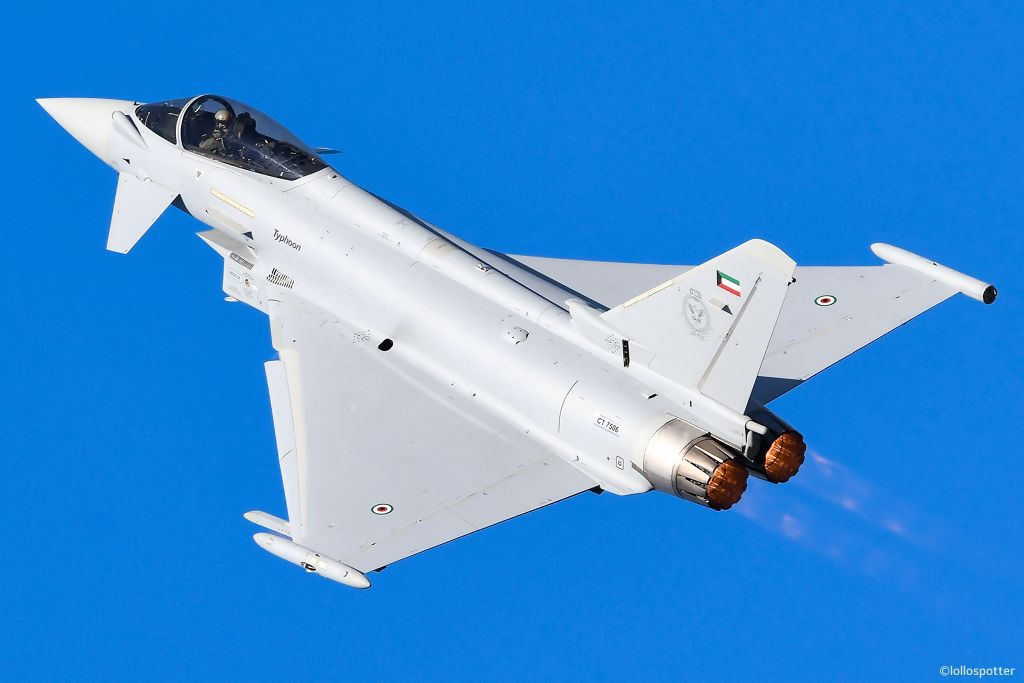The Rise of the Royal Malaysian Navy’s Ada-Class Corvettes
In a significant advancement for its naval capabilities, Malaysia has officially embarked on the construction of its future fleet with the keel-laying ceremony of the Ada-class corvettes, an ambitious project that underscores the strengthening ties and collaboration between Malaysia and Turkey. The event, which took place in Istanbul, marks a major milestone in a contract signed in 2024 that targets completion by 2028.
Strengthening Naval Capabilities
The Ada-class corvettes are meant to bolster the Royal Malaysian Navy’s capacities in combating a range of maritime challenges. Classified as Littoral Mission Ships (LMS), these vessels are designed not only for combat but also for various naval operations such as anti-surface and anti-aircraft warfare, asymmetric warfare, and electronic warfare. This modernization reflects Malaysia’s increasing focus on enhancing its maritime defense strategies and ensuring sovereignty over its territorial waters.
Crafting a Collaborative Future
As part of its commitment to the project, STM, a Turkish defense firm, has expressed enthusiasm in working closely with Malaysian partners throughout the vessels’ assembly. By integrating local industry capabilities with advanced technology from Turkey, this partnership aims to foster skills transfer and innovation in Malaysia’s burgeoning defense sector.
Bülent Soydal, STM’s Deputy General Manager, emphasized the significance of this collaboration in his statement: "Today’s keel-laying ceremony is a concrete reflection of the strong friendship and cooperation between Türkiye and Malaysia." This sentiment resonates with a broader trend in which Malaysia is looking to diversify its defense partnerships and leverage international expertise in its military modernization efforts.
Impressive Specifications and Features
The Royal Malaysian Navy’s Ada-class corvettes will each measure approximately 100 meters (328 feet) long and are designed to accommodate a crew of over 100 personnel. Their operational prowess is further enhanced by the inclusion of a medium-sized helicopter and capabilities for sea-based refueling.
Equipped with a 76-millimeter main gun and a 30-millimeter secondary gun, these corvettes will also carry multi-domain missiles and decoy systems, making them formidable contenders in various combat scenarios. The vessels will be powered by four diesel engines, allowing them to cruise up to 4,000 nautical miles (7,408 kilometers) and maintain an operational endurance of 14 days at sea. Furthermore, with a top speed exceeding 26 knots (48 km/h), the Ada-class is positioned to engage effectively in modern naval warfare.
A Visual Representation of Modern Naval Power
To bring the vision of the LMS to life, STM has also shared renderings of the new vessels. These images reveal not only the sleek design but also the advanced technology and equipment that will be integral to their operations. As seen in various promotional materials, the Ada-class corvettes reflect a modern aesthetic while encapsulating the essence of a multi-role naval platform.

Navigating Maritime Challenges
As Malaysia anticipates the delivery of these vessels, the strategic implications extend beyond immediate national defense. The deployment of the Ada-class corvettes is set against a backdrop of evolving maritime dynamics in Southeast Asia, where territorial disputes and security challenges demand enhanced naval capabilities. The LMS program indicates Malaysia’s commitment to not only securing its waters but also playing a more proactive role in regional stability.
Through the Ada-class project, Malaysia stands at the cusp of a new chapter in its naval history, underscoring the convergence of domestic aspirations with international collaboration in defense. The journey towards operational readiness for these Littoral Mission Ships serves as a testament to strategic foresight and the importance of evolving maritime security in a rapidly changing geopolitical environment.




